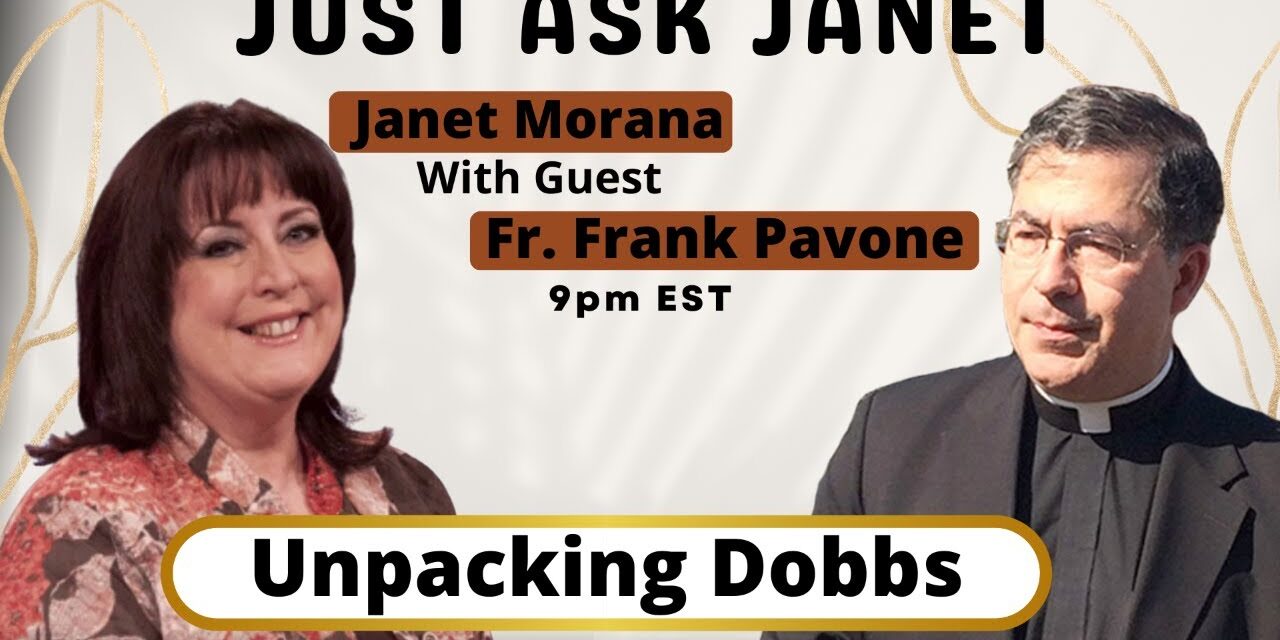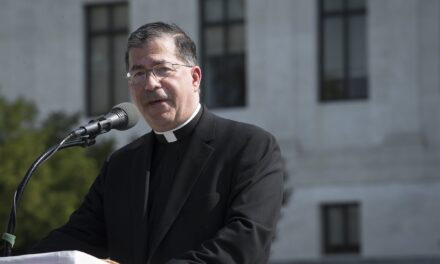This is the year suburban women have gotten noticed.
President Trump’s plea at a campaign rally in Johnstown, PA, for suburban women to “please like me,” which I found kind of endearing, has spurred a flurry of news stories, most of them asserting that suburban women will vote Democrat this time out because that’s what polls are showing.
As we learned from 2016, polls and news stories can be flat-out wrong, and I think that’s the case here.
The stories tend to focus on white women and if the picture you conjure when you think about suburbs is white women in pumps and pearls driving their children to school in the family sedan, you need to take a new snapshot.
The 2010 Census revealed that half of all immigrants in the United States live in suburbs, with whites comprising less than 10 percent of suburban growth in the decade before the Census.
In his 2014 book Diversity Explosion: How New Racial Demographics Are Remaking America, Brookings Institution fellow William Frey described the “melting pot” suburb, where minorities are making up larger percentages of suburban populations. In 36 of the nation’s 100 largest suburbs, he found, minorities make up at least 35 percent of the population. In sixteen of these areas, minorities make up the majority of the population.
When President Trump addressed his comment to “suburban women,” he was talking not only to white women, but to Black women in South Carolina, Mississippi and Virginia Beach; to Latina women in Texas and California, and to Asian women in Hawaii and California.
When he talked of “protecting your neighborhoods,” what he was distinctly not saying was “I’m keeping minorities out” but was asserting that he is keeping the federal government out.
In 2015, the Obama-Biden administration unveiled a new rule that would force communities to provide fair housing if they hoped to continue receiving federal money.
In a Wall Street Journal op-ed co-authored by the president and Housing Secretary Ben Carson, the intentions of this Obama-Biden rule were spelled out. The rule called for the abolishment of single-family zoning and the construction of apartment buildings within suburbs.
Along these same lines, New Jersey Sen. Cory Booker and South Carolina Rep. James Clyburn, both Democrats, last year introduced the HOME Act – Housing, Opportunity, Mobility and Equity – to make community block grants and federal transportation funding dependent on communities’ efforts to do away with ordinances that ban apartment buildings.
People who move out of cities into suburbs do so because they want more room for their lives, maybe a yard where their kids can play and their dogs don’t have to spend all their time outdoors on asphalt. If they don’t want a high rise next door, it doesn’t make them racist.
Some people are moving out of cities these days because they can’t afford to live there anymore. And more recently, people are fleeing cities because of the riots and violence that have somehow become an acceptable way to protest. It’s not racist to want to safeguard your children from harm.
President Trump was not speaking solely to white women when he asked for their votes. If he did have a message just for white women – I can’t imagine that he would, but let’s pretend, for argument’s sake – he would say: “This message is for white women.” Because he is the rare officeholder who says what he means and means what he says.
I’m a suburban woman who long ago fled the city, and I have cast my ballot for four more years for President Trump.














